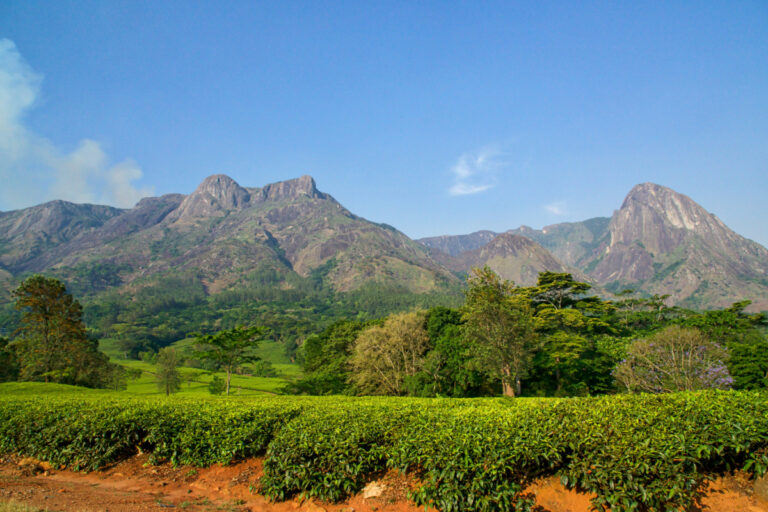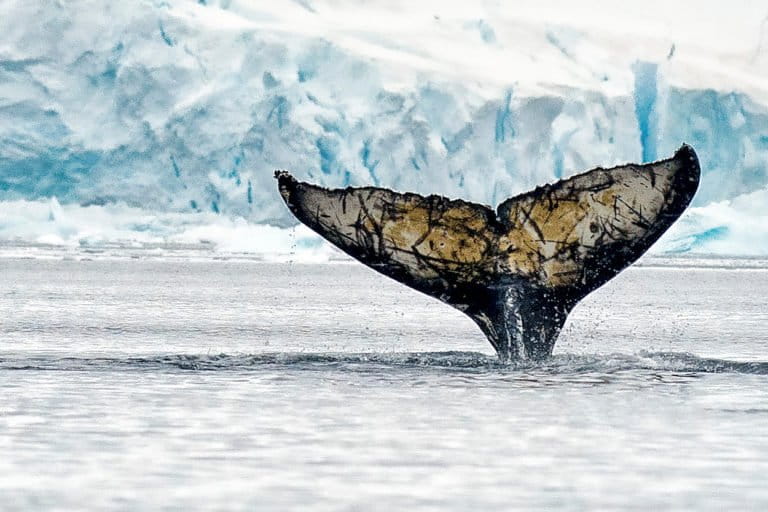- Plans to build a hydroelectric power plant in northern Sumatra call for the flooding of large swath of the Leuser Ecosystem, an ecological hotspot home to critically endangered tigers, rhinos and orangutans.
- For residents, the fear is that the dam, to be built in a geologically unstable area, will collapse.
- Local communities reliant on fishing also worry that the damming of rivers to fill the reservoir will hurt their livelihoods.
ACEH TAMIANG, Indonesia — Maksum, a resident of Aceh Tamiang district in northern Sumatra, Indonesia, can still vividly recall when a flash flood hit the area 11 years ago this month.
The 2006 disaster left a trail of destruction in its wake, claiming the lives of 28 people and forcing more than 200,000 from their homes.
Today, he is increasingly concerned that a similar catastrophe looms on the horizon — one driven not by natural forces, but by a massive hydroelectric power plant planned for construction here.
The 428-megawatt (MW) dam will be 173.5 meters (570 feet) high, with a reservoir capacity of 697.4 million cubic meters (24.6 billion cubic feet). The plans also call for the flooding of 40 square kilometers (15.4 square miles) of land in the Leuser Ecosystem, one of the world’s largest expanses of tropical rainforest and an ecological hotspot celebrated as the last place on Earth where orangutans, rhinos, tigers and elephants coexist in the wild.
Maksum, like the majority of residents here, lives near the banks of the Tamiang River, which will be blocked to fill the reservoir. For him, the dam only portends disaster.
“We don’t want [the dam to be built] because if the dam collapses, it’ll become a bomb,” he said. “And the Aceh Tamiang people already went through a flash flood on December 22, 2006. We don’t want another disaster to hit us again because it will destroy our development.”

The risk of a dam failure is high, according to Rudi Putra, an environmental activist from Aceh Tamiang. He said the land in the Leuser Ecosystem, including in the planned dam location, was unstable and prone to landslides.
“Every year, there are hills in Leuser that disappear because of landslides,” Rudi said. “Such a high dam is not suitable because of the unstable land condition.”
He said he first noticed the problem when investigating the loss of forest coverage in areas far from human settlements, which he initially suspected was caused by illegal encroachment.
“To make sure, we deployed a team. Once we arrived at the location, we found out that the forest was gone due to a landslide,” Rudi said.
Exacerbating the problem, the site for the dam is also close to a geological fault line that makes it prone to earthquakes, he added.
“I can’t imagine what will happen if the dam collapses,” he said.
Other residents are worried that the dam will affect their livelihoods, which have traditionally relied on fish from the river system that will be dammed.
“If the river is dammed, the number of fish will decrease,” said Kamal, a resident. “Where should we turn to for our livelihoods?”
Despite the mounting concerns about the dam’s construction, the provincial government body responsible for reviewing environmental impact assessments (EIAs) has approved the project.
In a Dec. 28, 2016, hearing, the Aceh EIA Analysis Commission deemed the development plan acceptable and environmentally suitable, and called only for a revision of the documents to reflect the advice of members of the technical team and the EIA commission.
Construction has not yet begun, pending various other requirements, including an environmental permit and a forest use permit, according to the Indonesian Forum for the Environment (WALHI), an NGO.
WALHI Aceh advocacy head Muhammad Nasir said the necessary permits were expected to be issued by the end of this year. If everything goes as scheduled, the dam will go into operation by 2025.
“WALHI Aceh opposes the dam’s environmental impact analysis because it occupies a large swath of forest,” Nasir said. “It’s better for the project to be canceled to save the environment and the people.”
The area is also already under threat from deforestation and encroachment for palm oil and pulp and paper production, and the planned dam is one of several large-scale infrastructure projects putting more pressure on the Leuser Ecosystem, which covers 26,000 square kilometers (10,038 square miles) and is home to some 105 mammal and 382 bird species, many found nowhere else on Earth.
A smaller, 180 MW hydropower dam is also planned for South Aceh district, on the western flank of the ecosystem. The Kluet 1 project is a Chinese-Indonesian joint venture with total investment of 5.6 trillion rupiah ($412 million).
Banner image: A Sumatran tiger (Panthera tigris sumatrae), one of the Leuser’s iconic species. Photo by Rhett A. Butler/Mongabay.
This story was first reported by Mongabay’s Indonesia team, with an earlier version published on our Indonesian site on November 25, 2017.














